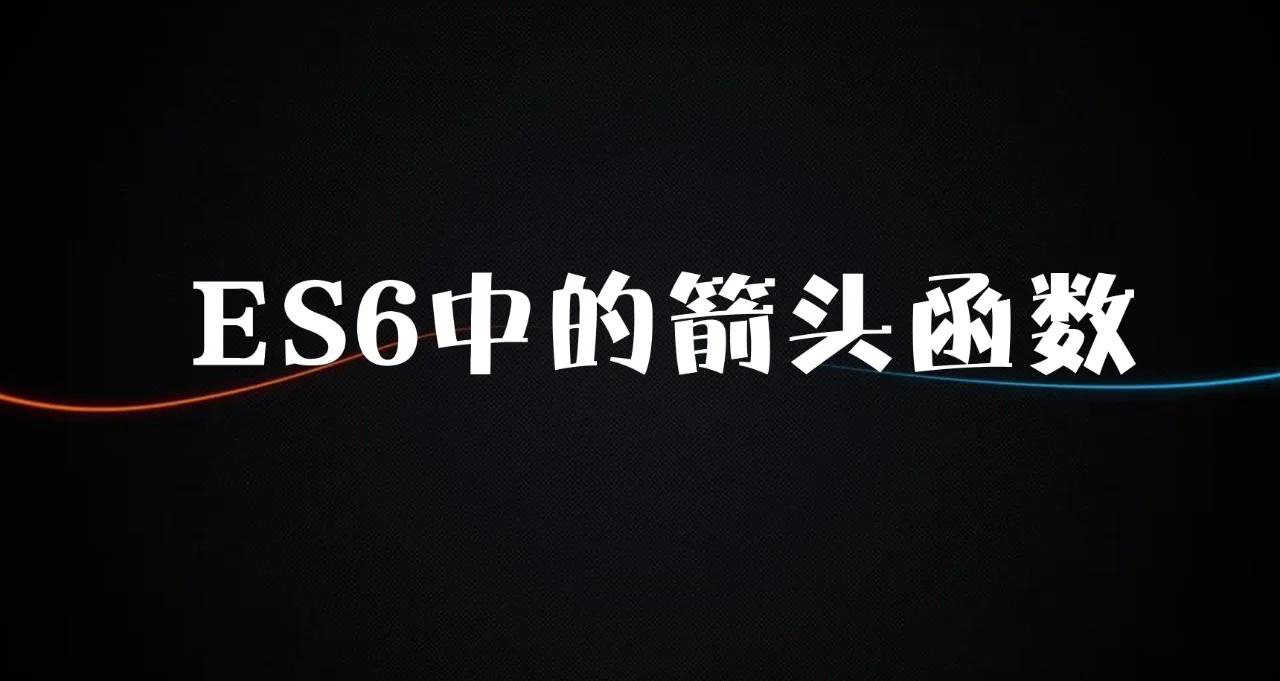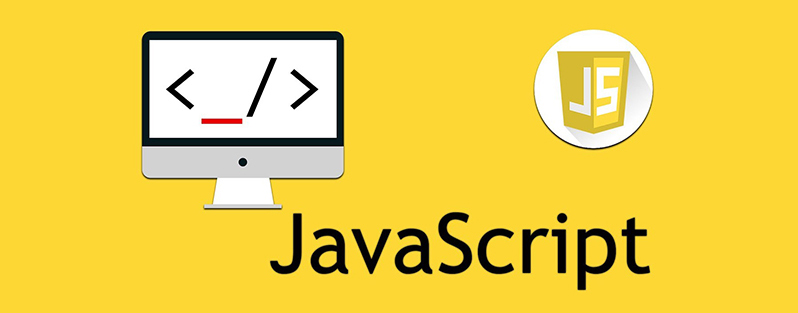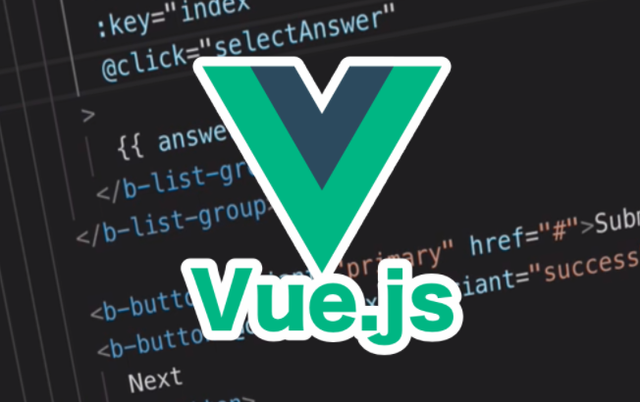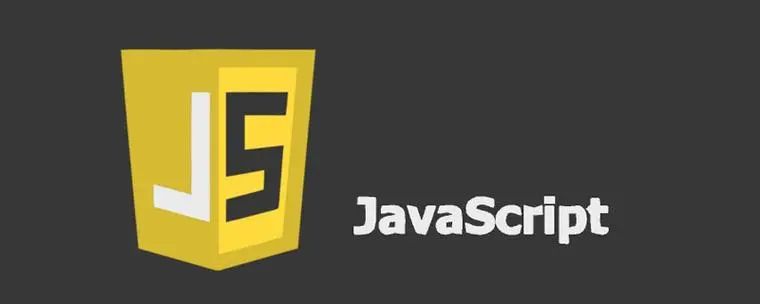
自 ES6 问世以来,箭头函数(Arrow Functions)以其简洁的语法和对 this 的词法绑定,迅速成为了 JavaScript 开发者的“新宠”。我们似乎倾向于在任何可以使用函数的地方都换上 () => {}。
然而,箭头函数并非“银弹”,它并不能完全替代传统的 function 关键字。过度滥用箭头函数,尤其是在不理解其工作原理的情况下,会导致难以追踪的 bug 和意外行为。this 的指向是 JavaScript 中最核心也最容易混淆的概念之一,而箭头函数和传统 function 在 this 的处理上有着本质区别。
核心区别速记:
function:this的值是在函数被调用时动态决定的,取决于谁调用了它。=>(箭头函数): 它没有自己的this。它会捕获其定义时所在上下文的this值,这个绑定是固定的,不会改变。
理解了这一点,我们就会明白为什么在以下 5 个场景中,坚持使用 function 不仅是最佳实践,甚至是唯一的正确选择。
场景一:对象的方法 (Object Methods)
这是最经典、最常见的场景。当我们为一个对象定义方法时,通常希望 this 指向该对象本身,以便访问其属性。
错误示范 (使用箭头函数):
const person = {
name: '老王',
age: 30,
sayHi: () => {
// 这里的 this 继承自全局作用域 (在浏览器中是 window),而不是 person 对象
console.log(`大家好,我是 ${this.name}`);
}
};
person.sayHi(); // 输出: "大家好,我是 " (或者 "大家好,我是 undefined")在这个例子中,箭头函数 sayHi 在 person 对象中定义,但它的 this 捕获的是定义 person 对象时的上下文,即全局作用域。全局作用域下没有 name 属性,所以结果不是我们想要的。
正确姿势 (使用 function):
const person = {
name: '老王',
age: 30,
sayHi: function() {
// 这里的 this 在调用时被动态绑定为 person 对象
console.log(`大家好,我是 ${this.name}`);
},
// ES6 对象方法简写形式,本质上也是一个 function
sayHiShorthand() {
console.log(`大家好,我是 ${this.name}`);
}
};
person.sayHi(); // 输出: "大家好,我是 老王"
person.sayHiShorthand(); // 输出: "大家好,我是 老王"结论: 当我们为对象定义一个需要引用该对象自身属性的方法时,请使用 function 或 ES6 方法简写。
场景二:DOM 事件监听器 (Event Listeners)
在使用 addEventListener 为 DOM 元素绑定事件时,我们常常需要访问触发该事件的元素本身(例如,修改它的样式、内容等)。传统 function 会自动将 this 绑定到该 DOM 元素上。
错误示范 (使用箭头函数):
const button = document.getElementById('myButton');
button.addEventListener('click', () => {
// 这里的 this 依然是 window 或 undefined,而不是 button 元素
this.classList.toggle('active'); // TypeError: Cannot read properties of undefined (reading 'classList')
});箭头函数再次从外部作用域捕获 this,导致我们无法直接操作点击的按钮。
正确姿势 (使用 function):
const button = document.getElementById('myButton');
button.addEventListener('click', function() {
// 在这里,this 被正确地绑定为触发事件的 button 元素
console.log(this); // <button id="myButton">...</button>
this.classList.toggle('active'); // 正常工作
});结论: 在 DOM 事件监听回调中,如果我们需要用 this 来引用触发事件的元素,请使用 function。
场景三:构造函数 (Constructor Functions)
箭头函数在设计上就不能作为构造函数使用。如果我们尝试用 new 关键字来调用一个箭头函数,JavaScript 会直接抛出错误。这是因为构造函数需要有自己的 this 来指向新创建的实例,并且需要一个 prototype 属性,而箭头函数两者都不具备。
错误示范 (使用箭头函数):
const Car = (brand) => {
this.brand = brand
}
const myCar = new Car('Tesla') //Uncaught TypeError: Car is not a constructor正确姿势 (使用 function 或 class):
// 使用function 作为构造函数
function Car(brand) {
this.brand = brand
}
const myCar = new Car('Tesla')
console.log(myCar.brand); //输出:"Tesla"
//或者使用现代的 class 语法(其 constructor 也是一个特殊的方法)
class Bike {
constructor(brand){
this.brand = brand;
}
}
const myBike = new Bike('Giant');
console.log(myBike.brand);//输出:"Giant"结论: 永远不要用箭头函数作为构造函数。请使用 function 或 class。
场景四:原型方法 (Prototype Methods)
与对象方法类似,当我们为构造函数的原型 prototype 添加方法时,我们也希望 this 指向调用该方法的实例。
错误示范 (使用箭头函数):
function Person(name){
this.name = name;
}
Person.prototype.greet = () => {
//this 捕获的是定义 greet 时的全局作用
console.log(`Hello,my name is ${this.name}`);
}
const alice = new Person('Alice');
alice.greet();//输出:"Hello,my name is"正确姿势 (使用 function):
function Person(name){
this.name = name;
}
Person.prototype.greet = function() {
//this 捕获的是定义 greet 方法的实例(alice)
console.log(`Hello,my name is ${this.name}`);
}
const alice = new Person('Alice');
alice.greet();//输出:"Hello,my name is Alice"结论: 在 prototype 上定义方法时,请使用 function,以确保 this 指向类的实例。
场景五:需要 arguments 对象的函数
箭头函数没有自己的 arguments 对象。arguments 是一个类数组对象,包含了函数被调用时传入的所有参数。如果我们在箭头函数内部访问 arguments,它只会访问到外层(如果存在)传统函数的 arguments 对象。
错误示范 (使用箭头函数):
const myFunc = () => {
console.log(arguments);// Uncaught ReferenceError: arguments is not defined
}
myFunc(1,2,3);正确姿势 (使用 function):
function myFunc(){
console.log(arguments); //输出:Arguments(3)[1,2,3, callee: f, Symbol(Symbol.iterator): f]
//可以像数组一样操作它
const args = Array.from(arguments);
console.log(args.join(','));//"1,2,3"
}
myFunc(1,2,3);注意: 在现代 JavaScript 中,更推荐使用剩余参数 (...args) 来处理不确定数量的参数。剩余参数是真正的数组,并且它在箭头函数和传统函数中都能正常工作。但如果我们需要维护旧代码,或者有特殊理由需要使用 arguments 对象,那么 function 是我们唯一的选择。
const myFuncWithRest = (...args) => {
console.log(args); //输出:[1,2,3]
}
myFuncWithRest(1,2,3);那么,什么时候应该用箭头函数?
箭头函数依然非常优秀和极为有用,它的主要优势在于其词法 this 绑定,完美解决了过去 var self = this 或 .bind(this) 的冗长写法。
最佳使用场景:
回调函数:尤其是在
map,filter,forEach等数组方法中,或者在setTimeout,Promise.then内部,当我们需要保持外部this上下文时。
const timer = {
seconds: 0,
start() {
setInterval(() => {
// 这里的 this 正确地指向 timer 对象,因为箭头函数捕获了 start 方法的 this
this.seconds++;
console.log(this.seconds);
}, 1000);
}
};
timer.start();









